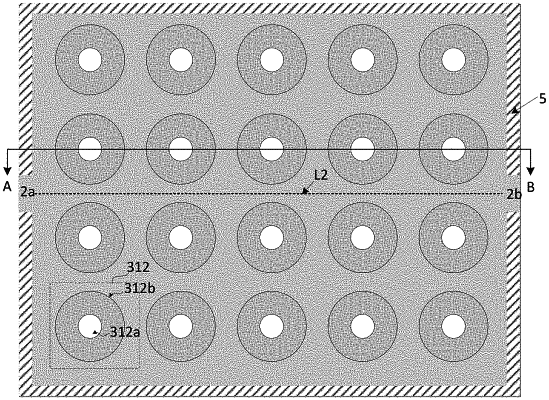| CPC B01L 3/502792 (2013.01) [B01L 2400/0478 (2013.01)] | 19 Claims |

|
15. A droplet separation method by using a microfluidic chip, wherein the microfluidic chip comprises: a first liquid tank and a second liquid tank opposite to each other and a channel layer between the first liquid tank and the second liquid tank; the channel layer comprises a plurality of microfluidic channels which are separated from each other, first ends of the microfluidic channels are communicated with the first liquid tank, and second ends of the microfluidic channels are communicated with the second liquid tank; the first liquid tank is configured to contain sample solution to be detected, and the second liquid tank is configured to contain encapsulating liquid;
the droplet separation method comprises enabling the sample solution to be detected entering the first liquid tank to be separated into a plurality of sample droplets through the plurality of microfluidic channels; causing the plurality of sample droplets to enter the second liquid tank; and causing a surface of each of the plurality of sample droplets to be encapsulated by the encapsulating liquid.
|